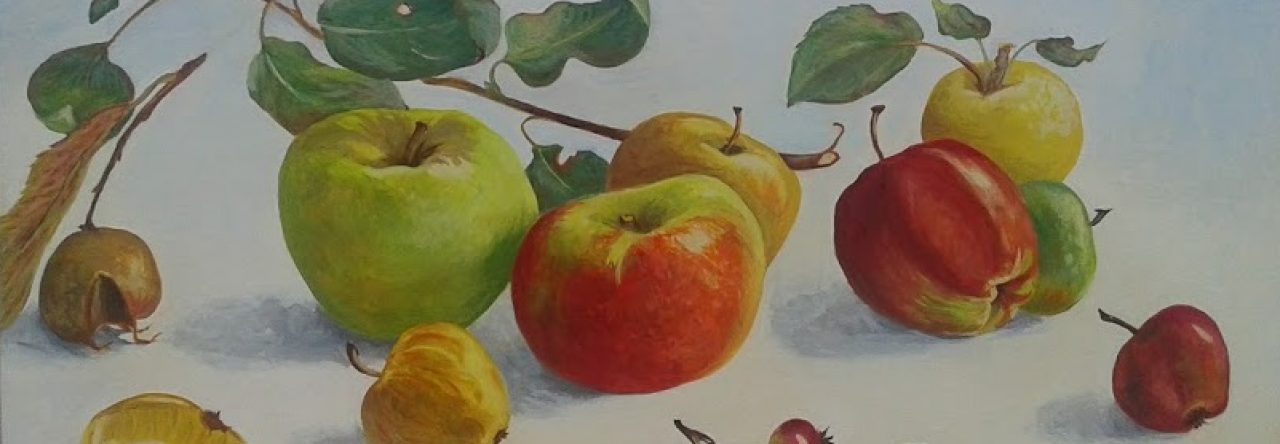
Eugène-Louis Boudin (July 12, 1824 – August 8, 1898) is a French painter.His father was a sailor on the boats linking Le Havre-Hamburg and his mother was a maid on these boats.
In 1835, his family moves to Le Havre. At the age of ten, he works as a moss on a steamboat. Subsequently, his father establishes him as a clerk at a printer, then at a paper shop.
At the age of 20, Eugène Boudin founds with a partner his own paper-framer’s shop where he exhibits paintings of artists. Eugène then begins to draw, and at 22 years old, he attends lessons at the municipal school of drawing of Le Havre.
In 1851, he goes to Paris to study the painting for three years. In the Louvre, he makes copies of paintings of masters (mainly Dutch and Flemish). He also produces several still natures between 1853 and 1865.
Boudin makes his first exhibition in 1857 in Paris. He stands out for its atmospheres and its creative pastels, and receives advice and tributes from the poet Charles Baudelaire met the same year. He also makes friend with Gustave Courbet. He also meets the Dutch painter Johan Barthold Jongkind and especially Claude Monet that Eugène Boudin will initiate to outdoor painting.
In 1874, he takes part of the first “impressionist” exhibition, held in Paris in the studios of the photographer Félix Nadar.
He dies in Deauville on August 8, 1898 and is buried in Saint-Vincent cemetery – in the Montmartre district – in Paris.
During his life, he painted nearly 4,500 paintings and left as many drawings, pastels and watercolours.

Leave a Reply